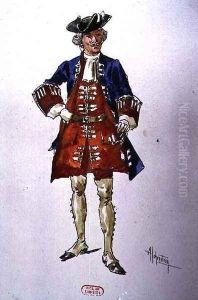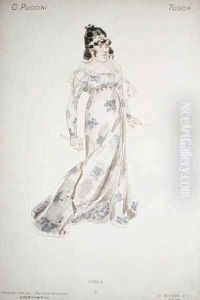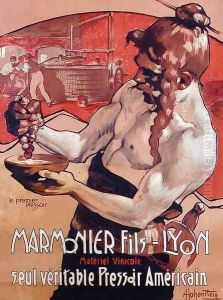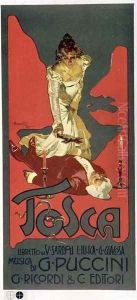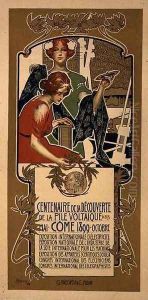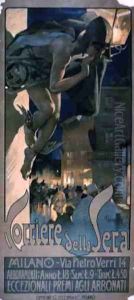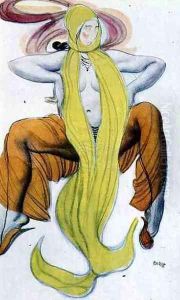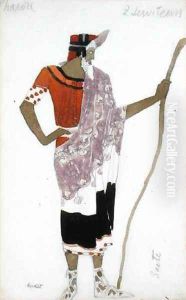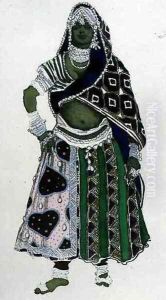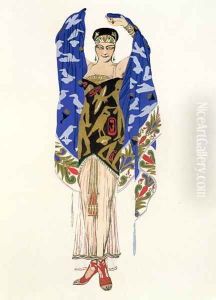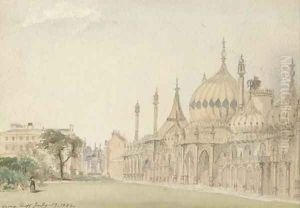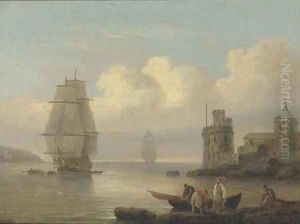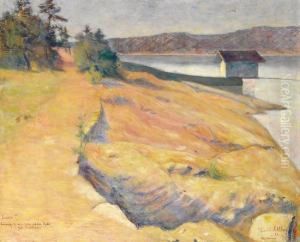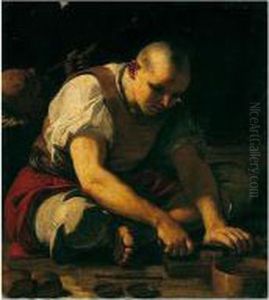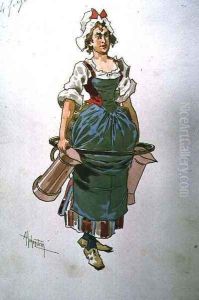





Costume design for a servant girl from the Opera Manon Lescaut
-
About Reproduction
Discover the allure of art with our faithful reproduction of "Costume design for a servant girl from the Opera Manon Lescaut", originally brought to life by the talented Adolf Hohenstein. Unlike posters or prints, our hand-painted oil painting breathes an unique sense of depth and texture into your space. Every detail, every stroke, and every texture is meticulously recreated, paying the perfect homage to Adolf Hohenstein and his artistic vision.
Owning this piece is more than just decoration - it's a statement of your refined taste in art. Let the vibrant colors and intricate details of this replica serve as a daily reminder of the beauty in our world. Elevate your decor and appreciate the richness of art with our replica of this masterpiece.
-
Painting Description
Costume design plays a critical role in the visual storytelling of operatic performances, contributing to the characterization and period authenticity of the production. Adolf Hohenstein, a German painter, illustrator, and stage designer, was a prominent figure in the development of costume and set design for opera in the late 19th and early 20th centuries. His work for the opera "Manon Lescaut" by Giacomo Puccini stands as a testament to his skill and artistic vision.
"Manon Lescaut," which premiered in 1893, is an opera in four acts that tells the tragic story of the young and beautiful Manon Lescaut and her lover, Chevalier des Grieux. The opera is set in France and Louisiana in the second half of the 18th century, and its narrative explores themes of love, passion, and the consequences of desire.
Hohenstein's costume design for the servant girl character in "Manon Lescaut" reflects the socio-economic status and the cultural context of the time in which the opera is set. The servant girl, a minor character in the opera, would typically be dressed in a manner that is both functional for her duties and indicative of her position within the household. Hohenstein's design would likely include simple, modest garments with a muted color palette, constructed from durable fabrics that withstand the rigors of service. The costume may feature elements such as a long skirt, an apron, a bodice or vest, and a cap or other head covering, all of which align with the fashion of the working class in the 18th century.
Adolf Hohenstein's attention to detail and his commitment to historical accuracy in his costume designs contributed to the immersive experience of the opera. His work not only enhanced the visual appeal of the production but also served to deepen the audience's understanding of the characters and the social dynamics of the period. The costume design for the servant girl in "Manon Lescaut" would have been no exception, providing a subtle yet significant layer to the storytelling of Puccini's beloved opera.
-
Lead Time & Shipping
When you order this oil painting replica, it typically takes 2-3 weeks to paint. If the artwork is more complex, it might need a little more time to ensure the best quality. Once it's ready, we'll send you a photo for your approval. After you give the green light, we'll ship it to you for free.
-
Return & Refund
We believe in the quality of our hand-painted oil painting reproductions, and your satisfaction is our priority. If for any reason, you are not completely satisfied with your purchase, we offer a 45-day return policy. You can return your artwork within 45 days of receipt and receive a full refund. Please note that the artwork must be returned in the original packaging and in the same condition as it was received.





